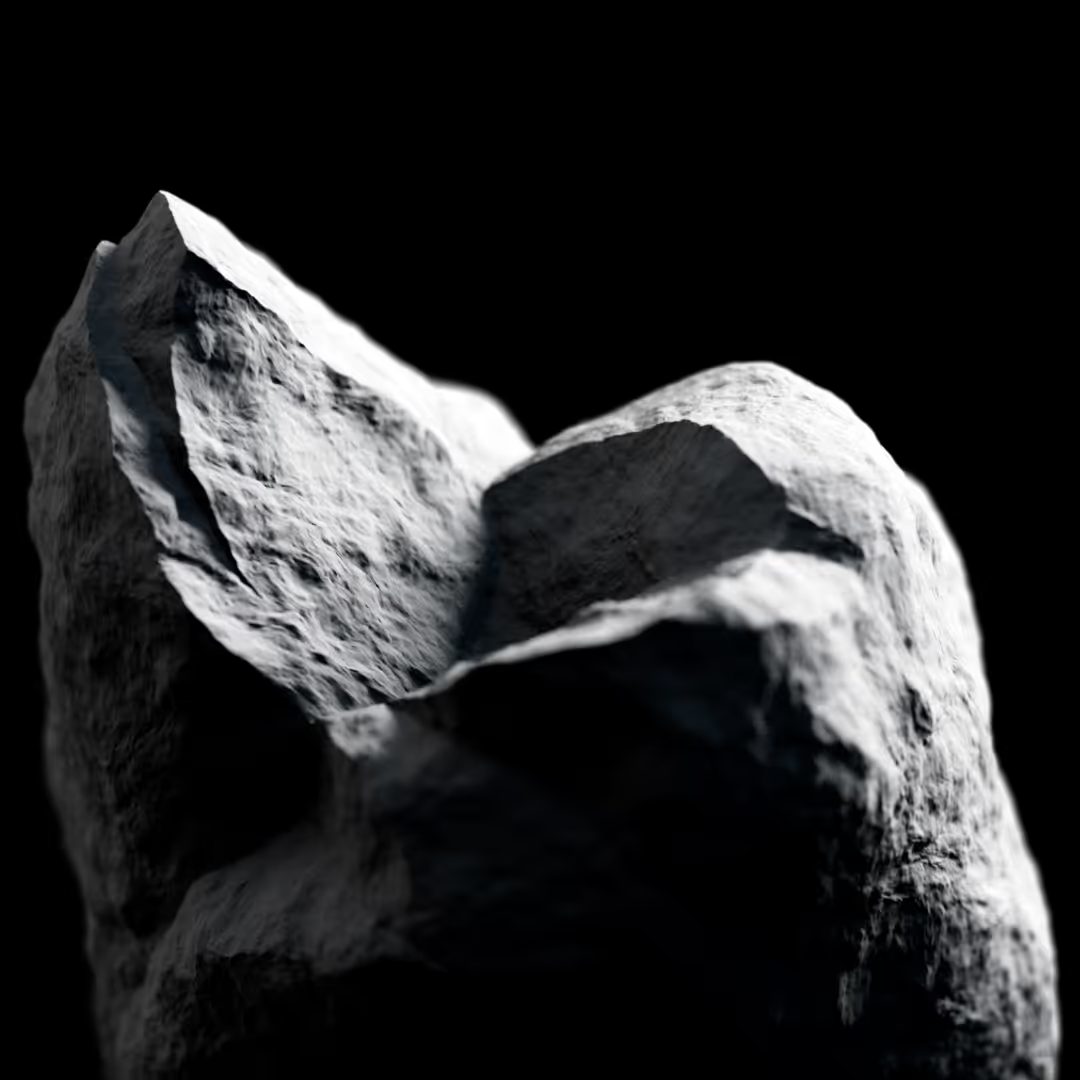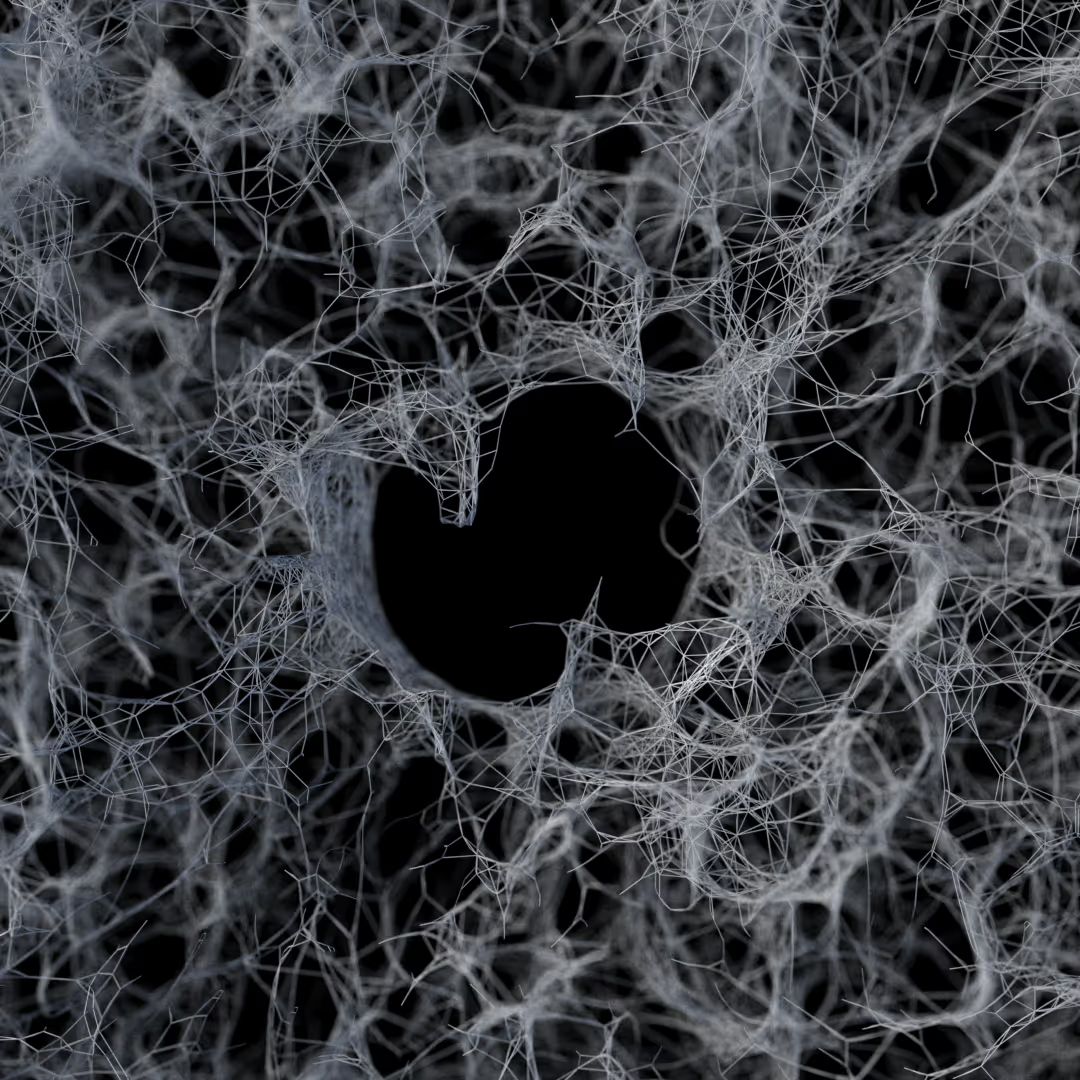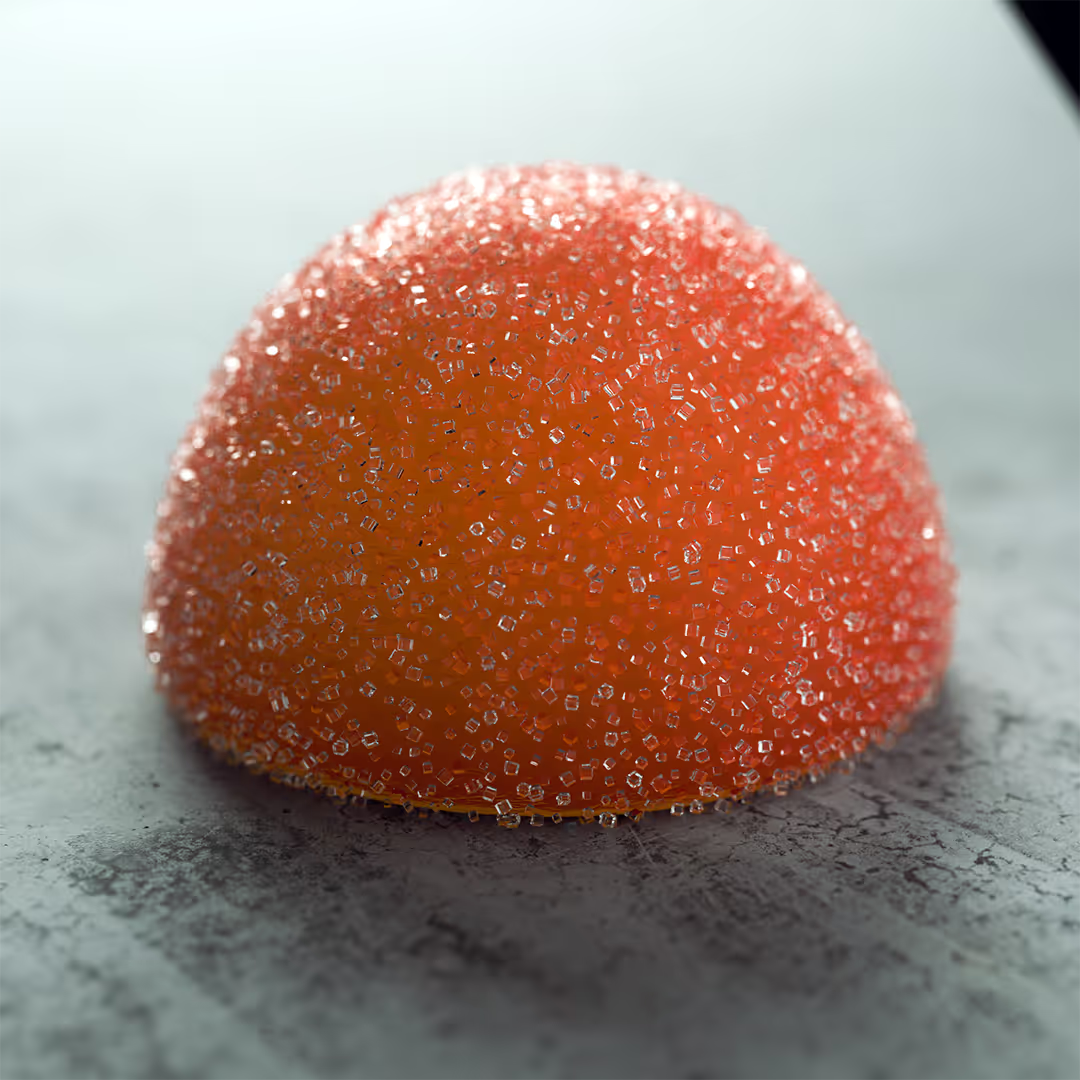Sometimes there is nothing more rewarding than sitting down and blocking out an initial piece, and then refining over time. The satisfaction from doing so is something else, times have changed, AI now does a tonne of stuff. But...
What if the AI model produces a mesh and it isn't fit for purpose? What then?
Having that foundational knowledge, the belief to push it to the next level in a manual way is a skill, a discipline like nothing else, if the model is fundamentally poor, you will get a poor result!
Some of the models shown here are nearly 20 years old but they hold up, clean meshes and subD models allow a greater level of detail to be achieved.


Clean Topology - experience a clean mesh
The cleaner and more precise the topology, the easier it is to get realistic deformations during the animation phase.
For wireframe(s) shown here, the mesh has been subdivided at render time, but I generally do work in a very lo-poly manner and then use subD modifiers to reduce faceting no matter how close the camera gets to the target.
The procedural approach
Yes, I still love modelling but I've now opened up to the procedural way of building content. The following imagery may show why I've gone down this route, watch the video below, a Galaxy Cat modelled in Houdini, I can move parts around and get another look and feel.
I now want to build modular components, this means I can 3D print a small part, bash it on a base model and I've got a new model. To me, this is incredible; why spend hours waiting for a 3D print when you can reduce the time to minutes and achieve a range of different appearances?
Offering options is essential, and future-proofing products will always be part of my vision. Whether it's digital visuals, eLearning, or tangible outcomes, I strive to ensure everything remains adaptable.
It doesn't have to end with 3D printing, the images below show how organic growth can be done, hair systems, and many more elements that can be controlled.




I need to gather as much reference as possible, knowing exactly what needs to be incorporated from the outset is really important.
I then ensure the silhouette of the model is correct, the volume and then we are about half way to a decent model.
This is the start of the journey, next up will be UV and surfacing.
This is another area of make or break for the model, if there are stretch marks in the model, it is most likely down to a bad UV set.
You need good flow especially when it comes to displacing the model via a texture set!
The next steps are now coming into play, setting the scene, setting the lighting, deciding what type of lens to shoot the render from.
Yes, the stage is now a virtual photo shoot.